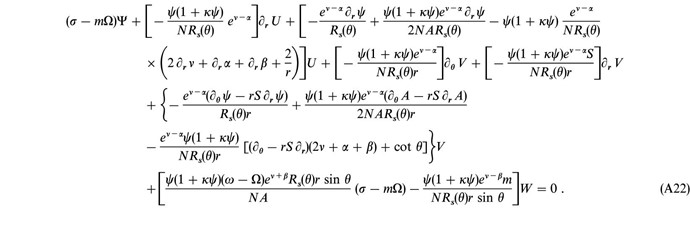Bud Hyett
posted this
15 December 2019
I agree with Squid Boy for his heat released calculations and I may be supporting his theory. There is also a simplistic physical chemistry observation.
Most smokeless loads are in bottle neck cases that physically retain most of the powder charge in the case for ignition. Powder goes into the barrel, but the shape with the bottle neck keeps powder in the case or delays the powder to burn in the chamber area on its voyage down the barrel.
Black powder cases, most of which are straight wall, start moving the powder column as a roughly defined unit down the barrel as it is consumed. The high pressure column of black powder igniting is moving beyond the chamber as the powder column continues to burn, pressure and heat being incontrovertible. With the less than full ignition of black powder and the black powder continuing to burn in the barrel, the heat buildup continues as the bullet travels.
Farm boy from Illinois, living in the magical Pacific Northwest
























